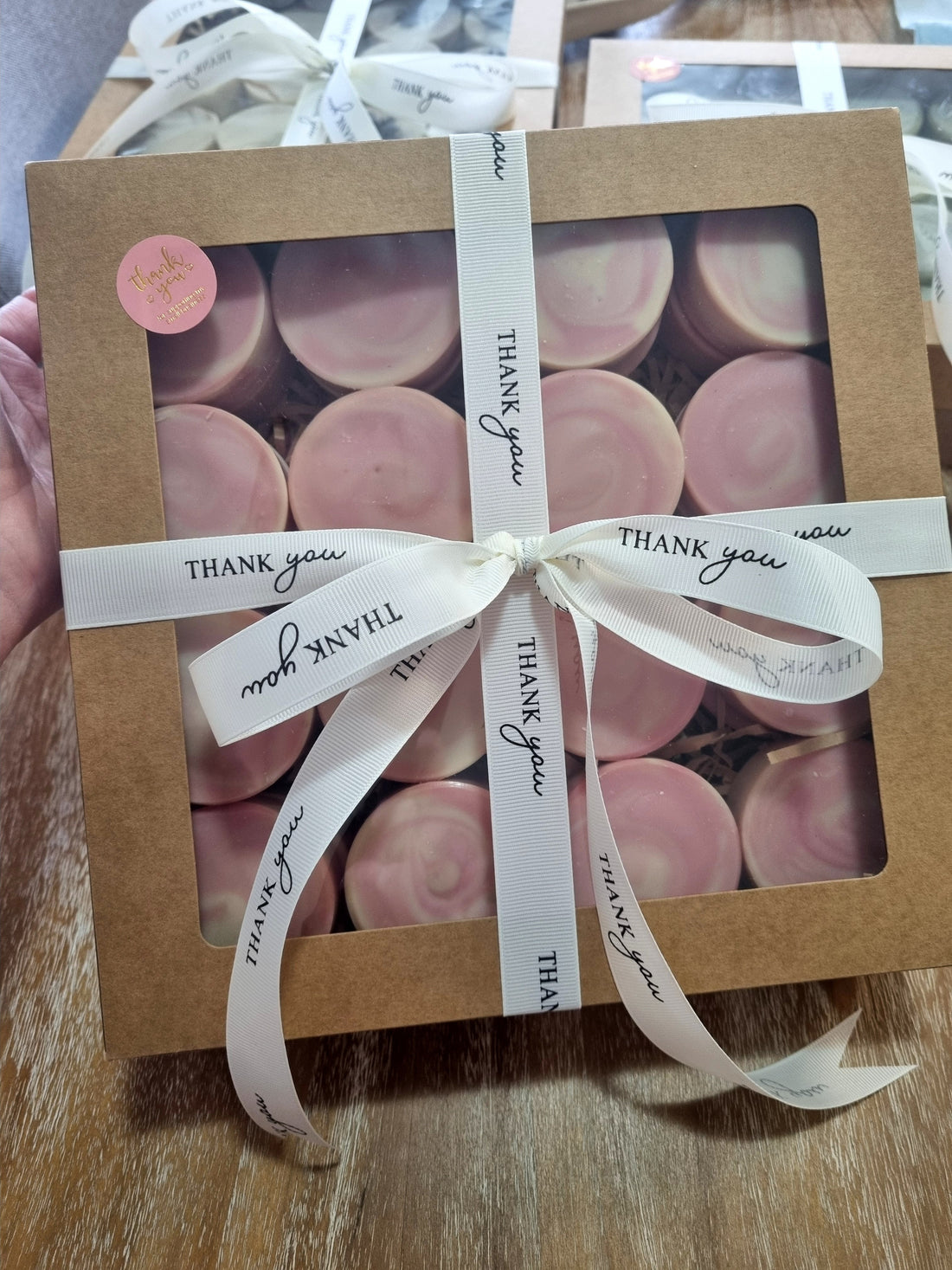
Making Tallow Breastmilk Soap the Natural Way (Frozen Milk Method)
Share
Gentle. Nourishing. Made with love.
Breastmilk isn’t just a baby’s first food — it’s loaded with vitamins, nutrients, and antibodies that can also benefit the skin. For mums with excess frozen milk or those ready to wean, turning it into soap can be a meaningful and practical way to use every last drop. This recipe is perfect for sensitive skin, postpartum care, or as a thoughtful handmade gift.
Why Breastmilk Soap?
Breastmilk contains natural fats, proteins, and immunological properties that can calm irritated skin, support healing, and provide a creamy, gentle lather. It’s especially loved by mums looking for natural skincare alternatives for their babies, or themselves.
And if you're no longer breastfeeding, don't worry — goat's milk makes an excellent substitute. It's just as nourishing and shares a similar fat content and gentle properties.
Ingredients You’ll Need
This is a cold process soap using the frozen milk method, which prevents the milk from overheating and losing its natural goodness.
- 500g Australian Grassfed Tallow
- 250g Cold-Pressed Olive Oil
- 250g Organic Coconut Oil
- 100g Raw Shea Butter
- 145g Sodium Hydroxide (Lye)
- 200ml Frozen Breastmilk
Optional Add-ins (added at trace):
- 50g Kaolin Clay – for gentle cleansing and a silky feel
- 50g Essential Oils – ensure they’re baby-safe and skin-friendly (e.g. lavender, chamomile, frankincense)
- 50g Colloidal Oats – for soothing dry or itchy skin
- Up to 40g Raw Honey – adds bubbles and a gorgeous golden colour, but be mindful: honey can raise the soap’s temperature and cause heating issues
Method: Step by Step
A Note on Safety
Always wear gloves and eye protection when working with lye, and make sure you're in a well-ventilated area.
Keep all ingredients and tools out of reach of children and pets.
1. Melt the Fats
Start by melting your tallow, coconut oil, olive oil, and shea butter together in a pot over low heat. Once everything is melted, remove from heat and allow to cool to around 100°F (38°C). This ensures your oils will be ready by the time your lye is fully dissolved.
2. Prepare the Lye Solution with Frozen Milk
Place your frozen breastmilk into a heat-safe jug. Slowly sprinkle the lye over the milk, a little at a time, stirring gently between additions. The frozen milk helps keep the temperature low, avoiding scorching or unpleasant odours.
Once fully dissolved, the lye mixture may take on a light yellow or beige colour — this is normal.
3. Combine Oils and Lye
When both the oils and the lye/milk mixture are around 100°F (38°C), slowly pour the lye solution into the oils. Stick blend until the soap reaches a light trace (it will look like thin custard).
4. Add Your Optional Ingredients
Now’s the time to stir in your kaolin clay, essential oils, oats, or honey. If using honey, don’t go over 40g, as it can raise the soap’s temperature again and cause it to overheat or crack in the mould.
5. Pour Into Moulds
Pour your soap into moulds, tap them down to remove bubbles, and smooth the top. Leave the soap uncovered in a cool place to prevent gel phase (especially important with milk soaps).
6. Unmould and Cure
After 24–48 hours, unmould and cut your soap into bars. Let them cure in a well-ventilated area for 4–6 weeks. This helps the bars harden, become milder, and last longer.
Final Thoughts
This soap is more than just skincare — it’s a keepsake. Whether you’re honouring your breastfeeding journey, creating gifts for loved ones, or simply making use of leftover frozen milk, this recipe is a beautiful way to turn something nourishing into something lasting.
Let me know if you’ve tried it, or if you’d like to see a vegan, goat milk, or essential oil-free version in the future.